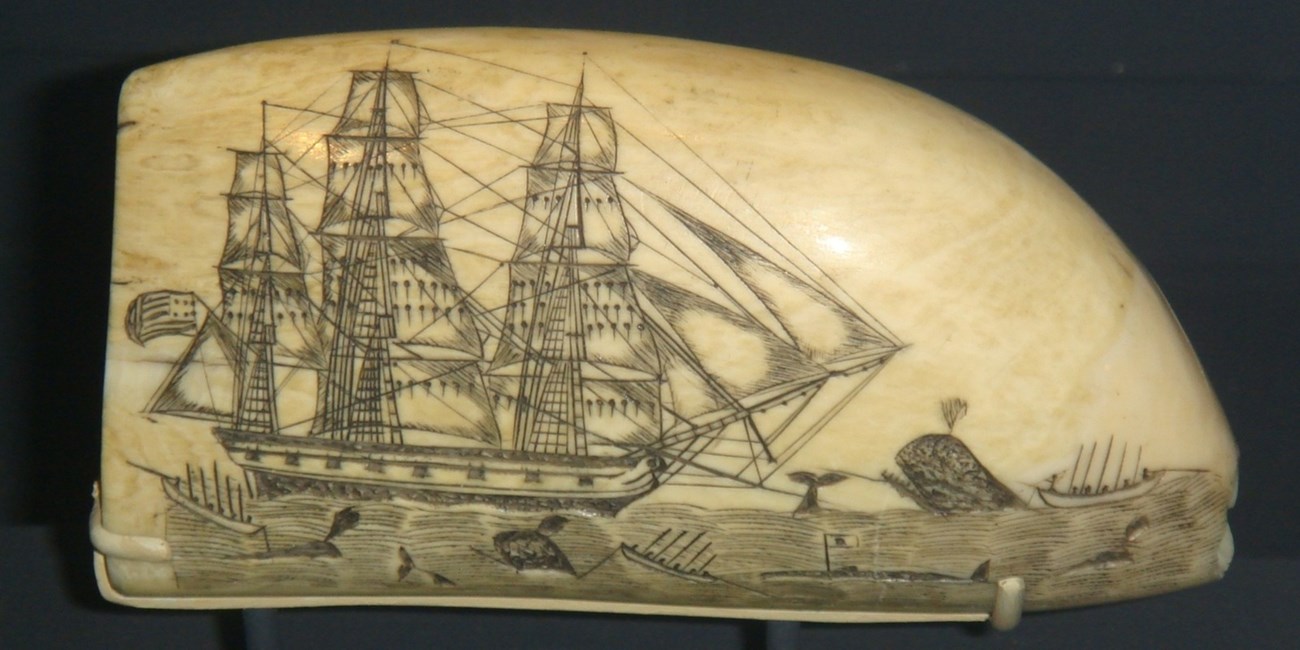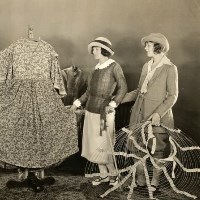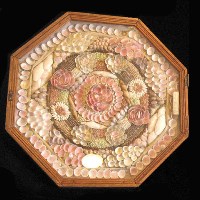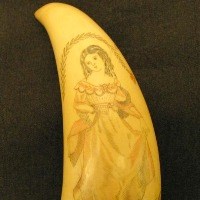
Most time on a whaleship was spent looking for whales instead of catching them. Seamen had plenty of leisure hours, and filled it with creativity. Many whalemen kept a journal of their voyage in which they documented their life at sea. They also sang songs and presented theatricals. Sailors also practiced a surprising number of handicrafts given the very limited range of materials that were available on shipboard. With the bones and teeth of whales, spare pieces of rope, and objects found on their occasional visits ashore (including coconut shells), seamen fashioned working tools, souvenirs of the voyage, and gifts for loved ones back home. 
The 19th-century fashion industry was dependent on the whaling industry. Women’s dresses, with their tight waists and hooped skirts, and corsets would not have been possible without baleen. The strong and flexible stays that allowed whales to filter food from seawater also held women in and skirts out. 
This intricate shellwork was once thought to have been the craftsmanship of lonely, 19th-century sailors. The pieces have been fashioned since at least the 18th century, but instead by Barbados' native women. Whaling and trading ships that docked here brought the shellwork home as presents, like souvenirs. 
Today, scrimshaw refers to all kinds of carving and engraving on ivory, bone, sea shells, antler, and cow horn. Its historical context, however, refers to the shipboard pastime of 19th-century mariners. Seamen would use the invaluable pieces of whale — including sperm whale ivory and skeletal whale bone — and etch designs into it. These crafts could result in anything from tools to gifts for home. More information. |
Last updated: August 24, 2018
